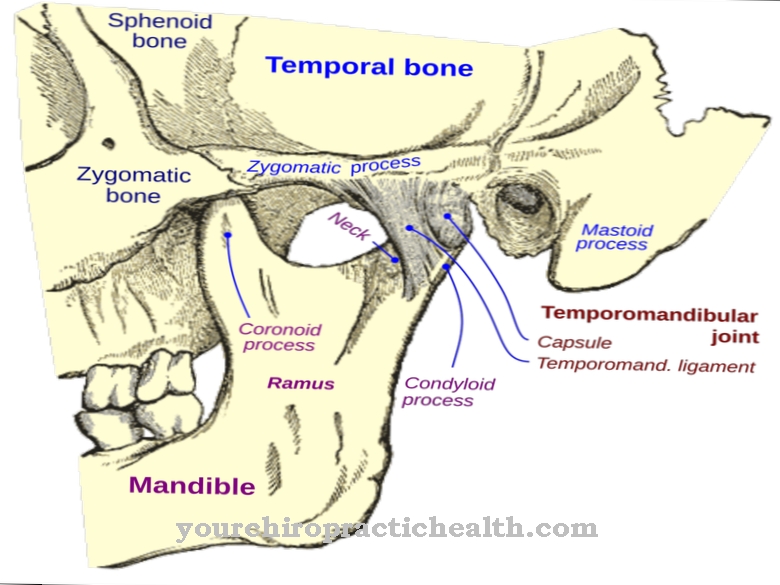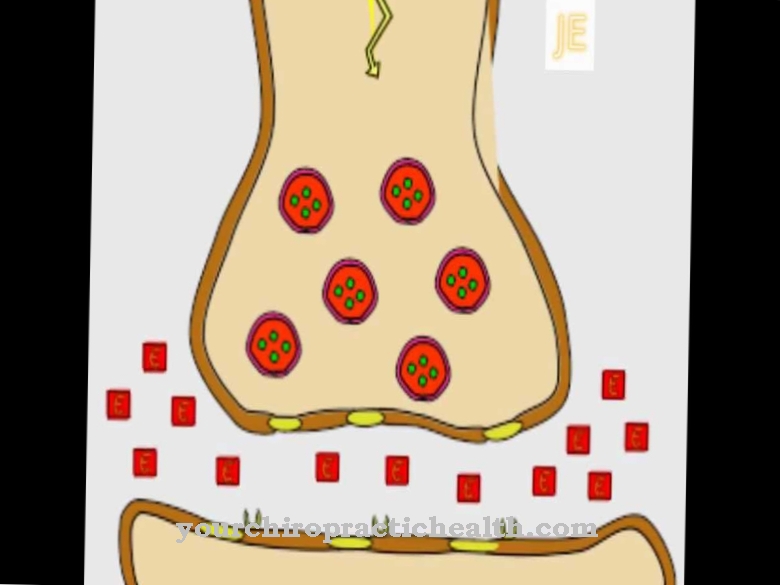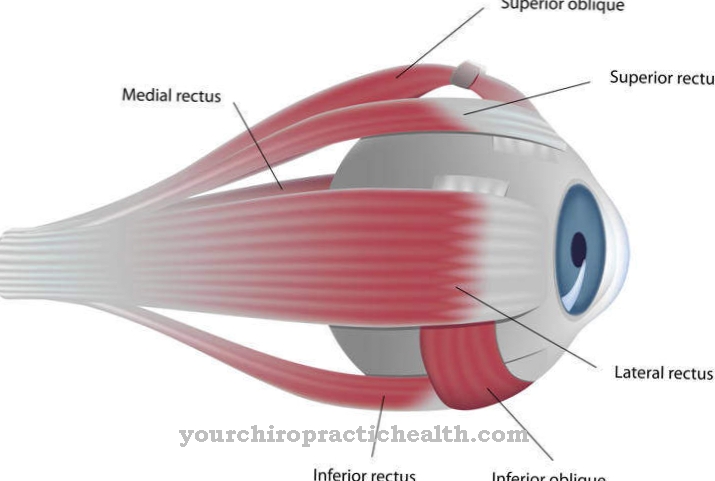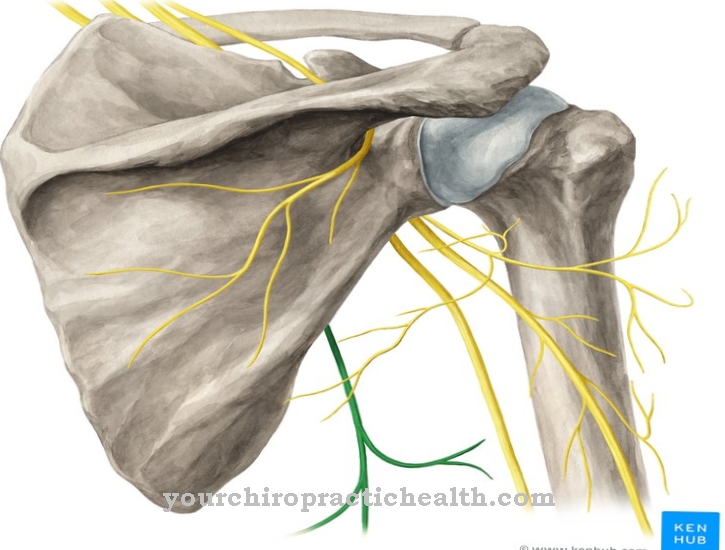A person breathes in and out about 24,000 times every day. Breathing is one of the most important functions of the human body. Without oxygen supply through the respiratory tract the person dies after just a few minutes.
What are the airways?

The respiratory system has the task of supplying the body with vital oxygen and transporting the carbon dioxide that is created to the outside. This happens completely without our intervention.
The brain controls breathing automatically and ensures that breathing works even during sleep. The respiratory system is divided into two parts, internal and external breathing. External breathing is the airway. These are the parts of the body through which air flows to the lungs and back again.
They clean, humidify and warm the inhaled air. They transport the air to the lungs and the resulting carbon dioxide out of the body in the opposite direction. Internal breathing begins in the lungs. From here the oxygen is distributed throughout the body via the blood.
Anatomy & structure
The nose, sinuses, mouth and throat form the upper airways, and the larynx, windpipe, bronchi and alveoli make up the lower airways. The inhaled air flows through the nose into the throat, the back of the oral cavity. Air and food passages meet in the throat.
Only at its lower end, the larynx, do they separate into the airways with the larynx and trachea and the esophagus behind them. The larynx forms the transition from the upper to the lower airways. The windpipe is a soft, stretchable tube. The walls are reinforced by cartilage rods that are covered with mucous membrane and cilia on the inside.
It is about 10 to 12 cm long and merges into the two main bronchi at the lower end. These fork into smaller and smaller branches until they become bronchioles. This is where the air finally reaches the alveoli, through whose walls the actual gas exchange with the lungs takes place.
Function & tasks

The nose filters up to 12,000 liters of inhaled air every day. It is completely covered with mucous membrane on the inside. It humidifies the air and its blood vessels warm it. Fine cilia transport dirt particles, viruses and bacteria in the air back to the outside.
Prepared for the body, the air flows through the throat to the larynx. The larynx serves as a guide between the trachea and esophagus. When you swallow, it closes so that the food drains into the esophagus. It opens when you breathe, and air flows through the larynx into the windpipe. This carries the air from the neck down into the bronchi.
Mucus and cilia on its inner wall bind dust and foreign bodies that have penetrated and push them back to the throat. The bronchi distribute the air evenly to the lobes of the lungs and pass it on to the alveoli. The bronchi are equipped with mucus and cilia that bind the remaining particles from the air and convey them up to the throat by coughing up.
In this way, the alveoli cannot stick together due to invading pathogens and pollutants. The alveoli are responsible for the exchange of oxygen and carbon dioxide between blood and breath. Both are separated by a wafer-thin membrane that they penetrate unhindered. The oxygen from the breath flows into the blood. At the same time, the carbon dioxide flows from the blood into the alveoli.
You can find your medication here
➔ Medicines against coughs and coldsIllnesses & ailments
The human respiratory system is extremely delicate and prone to various diseases that can affect it. Often it is viruses that cause a cold with typical symptoms such as runny nose, cough and sore throat. Bronchitis is not uncommon. It shows up with a violent cough, slimy sputum and a slight fever.
The bronchitis usually goes away after a week. Bronchitis is considered chronic if coughing and sputum occur for at least three months each in two consecutive years. The real flu (influenza) is a viral infection that usually occurs suddenly. It is accompanied by a high fever of up to 39/40 ° Celsius, severe headache and body aches and a pronounced feeling of weakness.
Influenza absolutely belongs in the hands of the doctor. Asthma is an inflammatory hypersensitivity reaction of the bronchial tubes to certain substances such as dust, animal hair or cold air. Stress or excitement can also be the trigger. Frequent coughing fits, shortness of breath and wheezing breathing noises are the result.
other home remedies ↵ for coughs Sometimes allergens affect the airways. The best known is hay fever, which is caused by pollen. Every year in spring, those affected suffer severe sneezing attacks, nasal congestion and runny nose. These are the most harmless complaints. In some patients there is also shortness of breath and severe coughing fits up to asthma.

.jpg)

























